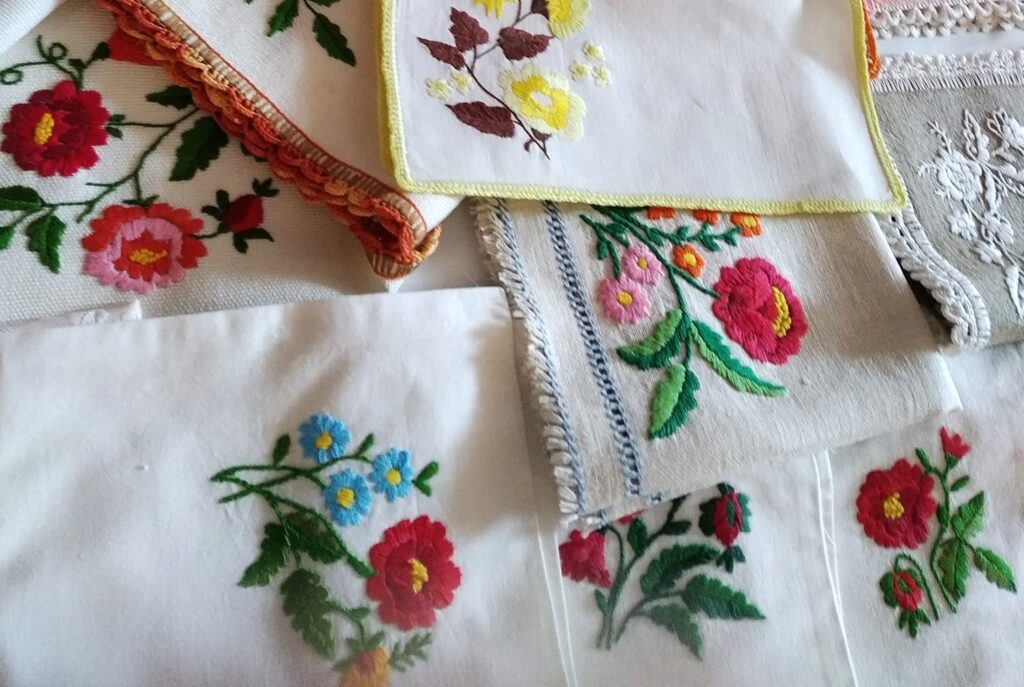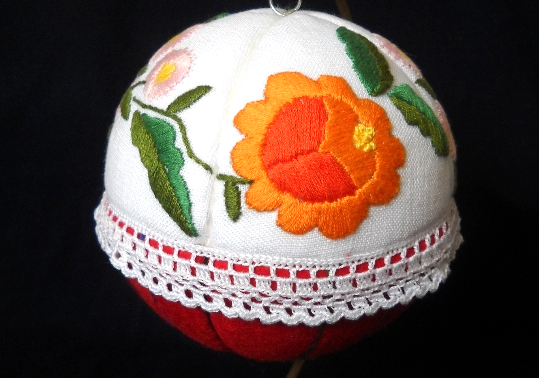Sieradz embroidery – with its characteristic rose and other flower motifs inspired by the region’s flora – has been added to the Polish National List of Intangible Cultural Heritage. Łódź Voivodeship is represented on it by, among others, floral carpets from Spycimierz, Kutno folk carving and Opoczno folklore.
Sieradz embroidery is a very characteristic element of folk culture and traditions of the Sieradz region. It was stitched on folk costumes as well as linens, tablecloths and napkins. Inspired by nature, the designs are dominated by flowers, led by the expressive and detailed Sieradz rose.
The proposal was submitted by Aleksandra Adamas, an artist from Warta, who uses these textile motifs even on the “kraszanki” Easter eggs.
Until the outbreak of the First World War, Sieradz embroidery was simpler and less colorful. More colors and more complicated stitches started to appear between the wars and after World War II. Colorful flowers were embroidered on traditional holiday shirts, both women’s and men’s, decorating their collars and cuffs. Aprons were also embroidered. Several techniques are used to make the designs, including flat embroidery, shaded embroidery, embroidery on tulle and crinkle embroidery, called “water”, which gives the motifs a structural effect.




–
National List of Intangible Cultural Heritage
The 2003 UNESCO Convention for the Safeguarding of the Intangible Cultural Heritage, ratified by Poland, imposes an obligation on State Parties to inventory the manifestations of this heritage located on their territories in accordance with the recommendations and standards of the Convention. The National List of Intangible Cultural Heritage is purely informative in nature and implements this requirement by documenting the living intangible heritage of our country.
Any communities associated with cultural practice, customs, local folklore, traditional crafts and handicraft, cultivating historical memory, preserving traditional knowledge and beliefs, dealing with musical, performing, linguistic traditions or any other manifestation of human activity sanctioned by tradition can apply for entry in the National List of Intangible Cultural Heritage.
There are currently 112 entries on the list.







